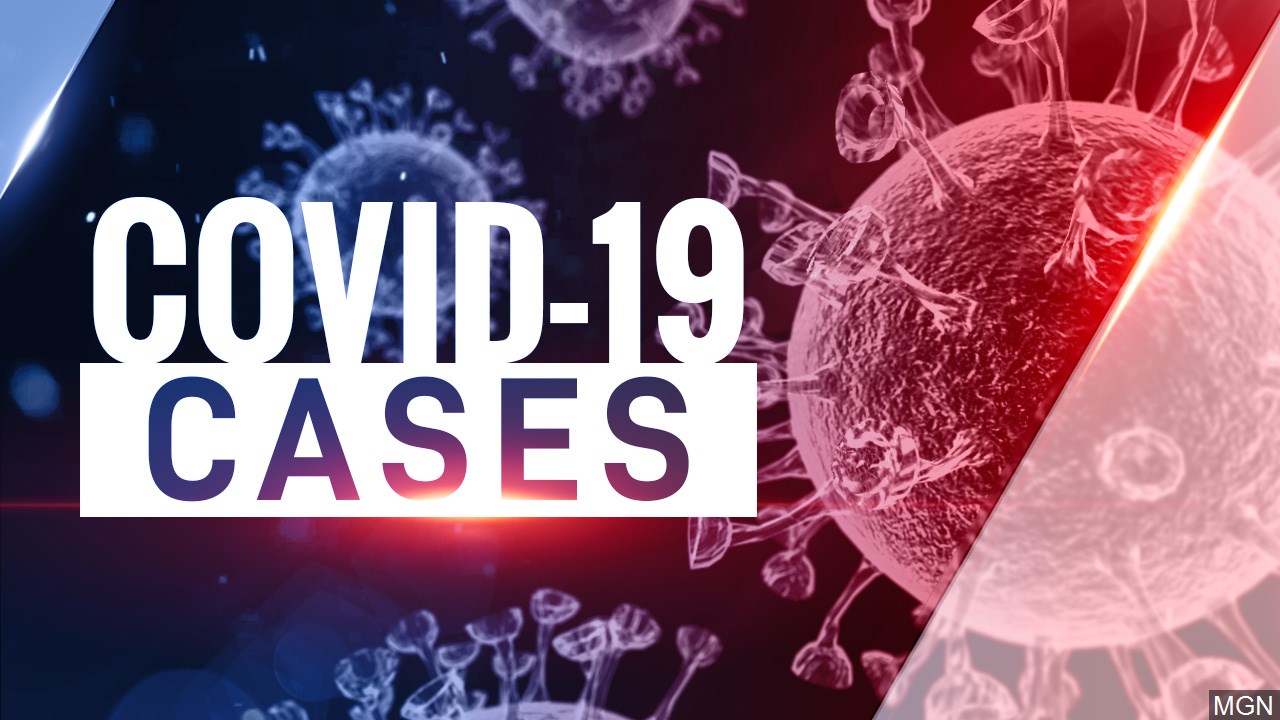COVID-19 cases in the Rio Grande Valley climbed by 871 on Thursday with 11 more deaths attributed to the virus, while elsewhere in the state the first Texas case of a strain of the coronavirus identified in the United Kingdom was identified.
Harris County Judge Lina Hidalgo confirmed the new strain, which is known for its contagiousness, had been discovered there Thursday, calling it “disturbing.”
The CDC describes the mutated strain as being able to spread much more easy than most strains of the coronavirus, although it does not cause more severe disease and vaccines are expected to be effective against it.
The strain likely accounts for a very small proportion of Texas cases, according to the CDC.
While Hidalgo County Health Authority Dr. Ivan Melendez says the strain hasn’t been identified locally, there’s really no way to keep it out. Although he said the arrival of the strain is concerning, he noted that mutations are to be expected with the virus and that this mutation appears — in some ways — manageable.
“It’s of course what we expected to happen and it’s going to continue to happen,” he said. “The virus is going to mutate. We don’t know how often or how much. At some point theoretically, hypothetically, there may be a mutation that will be a lot more difficult to deal with than what we’re dealing with now, but it seems that this one thus far is not.”
Dr. Emilie Prot, regional medical director of the Texas Department of State Health Services’ Region 11, says much is still unknown about the new strain.
“Right now there hasn’t been any determination made by CDC. We’re still recommending the vaccine, it seems like it’s not affecting the same protein as the vaccine, which is very good news, but there’s still a lot of research done and I know that they’re finding cases,” she said.
Prot said surveillance and getting a genetic breakdown of viruses would be important in learning more about the virus as it mutates.
Hidalgo County announced 645 new cases of the virus and eight more deaths tied to it as hospitalization rates climbed the highest they’ve been since the area’s summer spike tapered off in August.
Of those 645 cases, the county reported 488 as confirmed and 157 as probable.
The new cases raise the total for the county to 53,842, 37,175 of which are confirmed, 15,826 probable and 841 suspected.
Thursday’s eight new deaths bring the total number of fatalities related to the pandemic in the county to 2,237.
Currently 390 people with the virus are being treated in area hospitals, 120 in intensive care units.
The county last saw hospitalizations that high at the end of August and beginning of September last year.
Cameron County reported 201 new cases and three additional deaths attributed to the virus, while Starr County reported 20 new cases and Willacy County reported five.
Although Melendez said the Valley still faces a months-long slog through the pandemic, there is a silver lining: his patients seem to be doing better, something he attributes to a better understanding of the disease in the medical field and the current demographics of the pandemic locally.
“One of the reasons we see more people surviving, I think the treatment is better,” he said. “Secondly, the people that are being admitted as compared to July are not as sick. In other words, they appear to be slightly younger, their comorbidities or comedical problems are not as bad as they were before — so before we were seeing the utmost fragile people; now we’re still seeing fragile people, but I think the general condition of the people that were coming in in July were sicker and older than what we’re seeing now.”
Melendez says pandemic protocols like social distancing, wearing face masks and washing hands remain critical as Valley residents continue to receive the COVID-19 vaccine.
“Absolutely, positively the same recommendations need to continue,” he said. “I’m going to say at least through the summer, because that’s when we expect a significant amount of people to be inoculated.”
Monitor staff writer Valerie Gonzalez contributed to this report.





